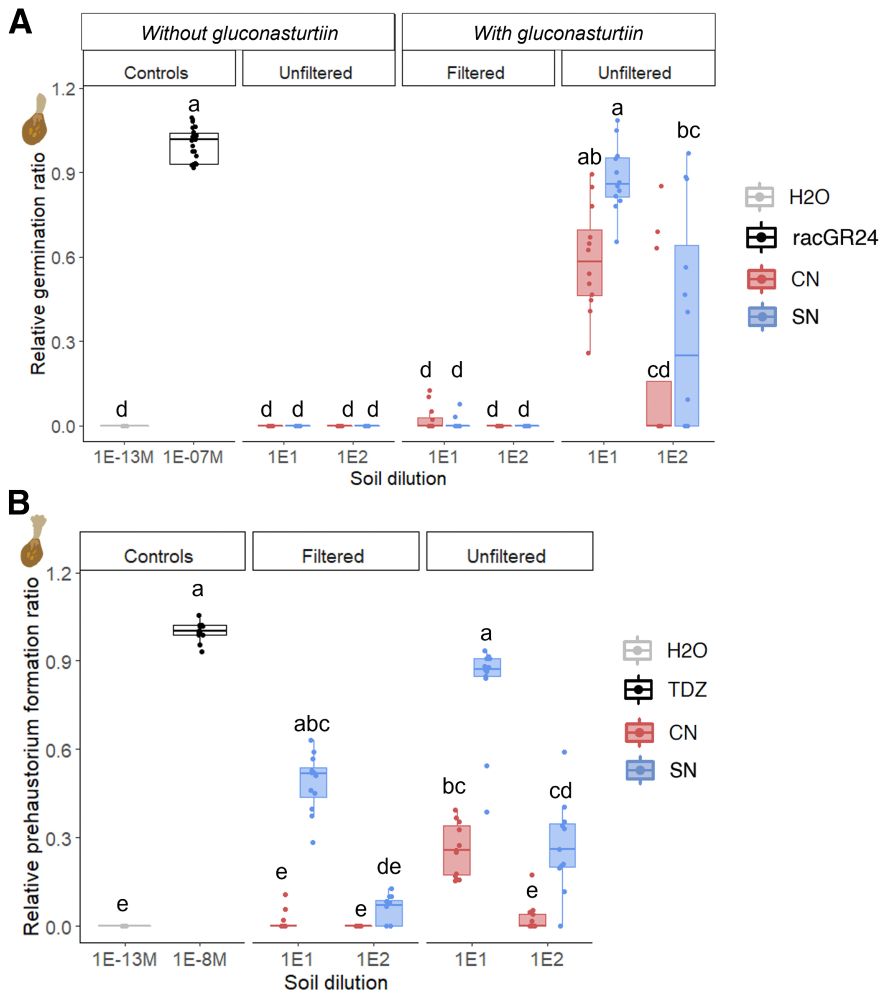










https://bit.ly/4nqN3x7

https://bit.ly/4nqN3x7




Michael West-Ortiz et al. identified a novel virus, cotton virus A (CotVA), in Gossypium plants. Learn more: doi.org/10.1094/PBIO...
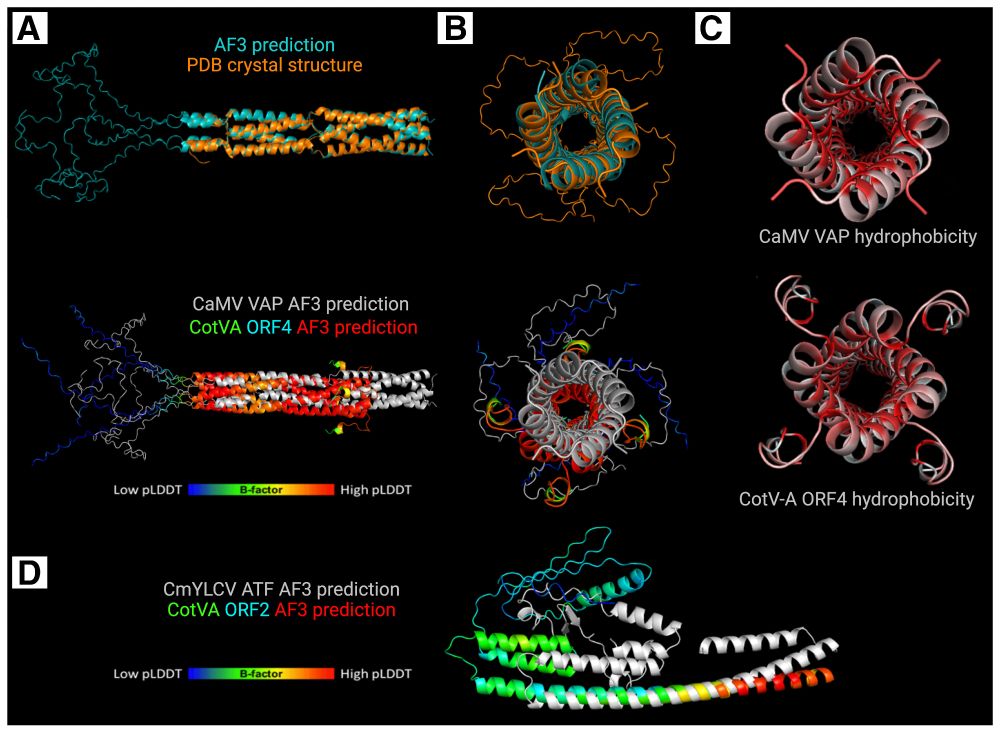
Michael West-Ortiz et al. identified a novel virus, cotton virus A (CotVA), in Gossypium plants. Learn more: doi.org/10.1094/PBIO...
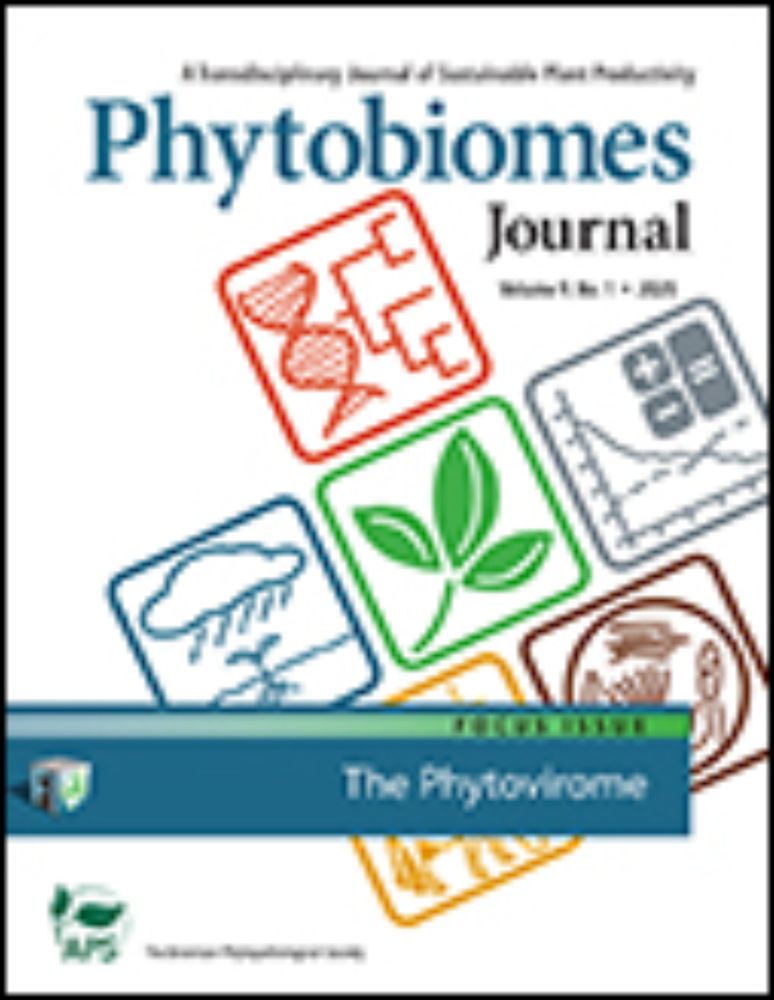

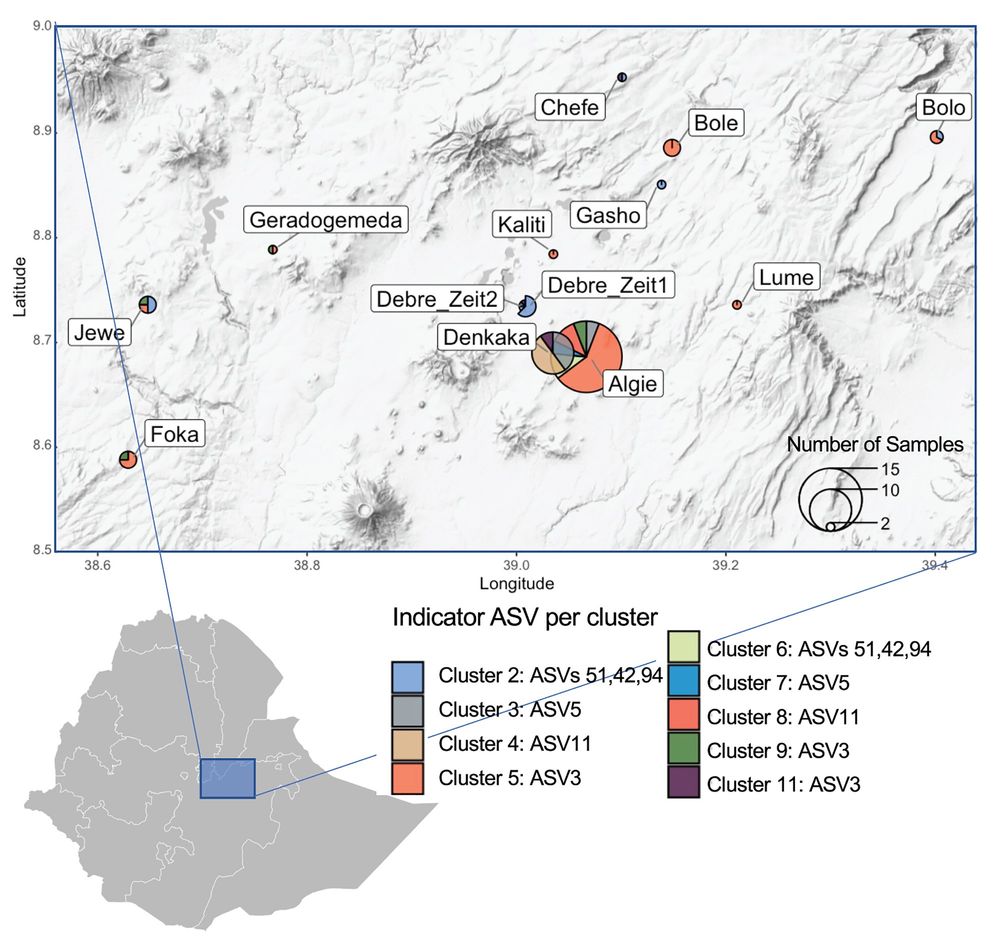
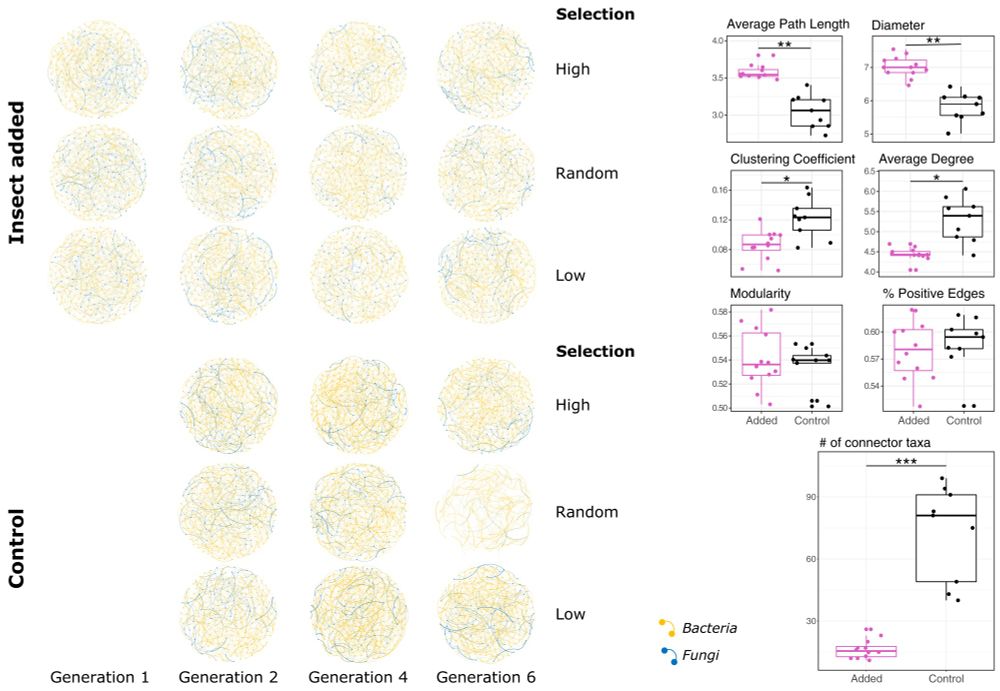
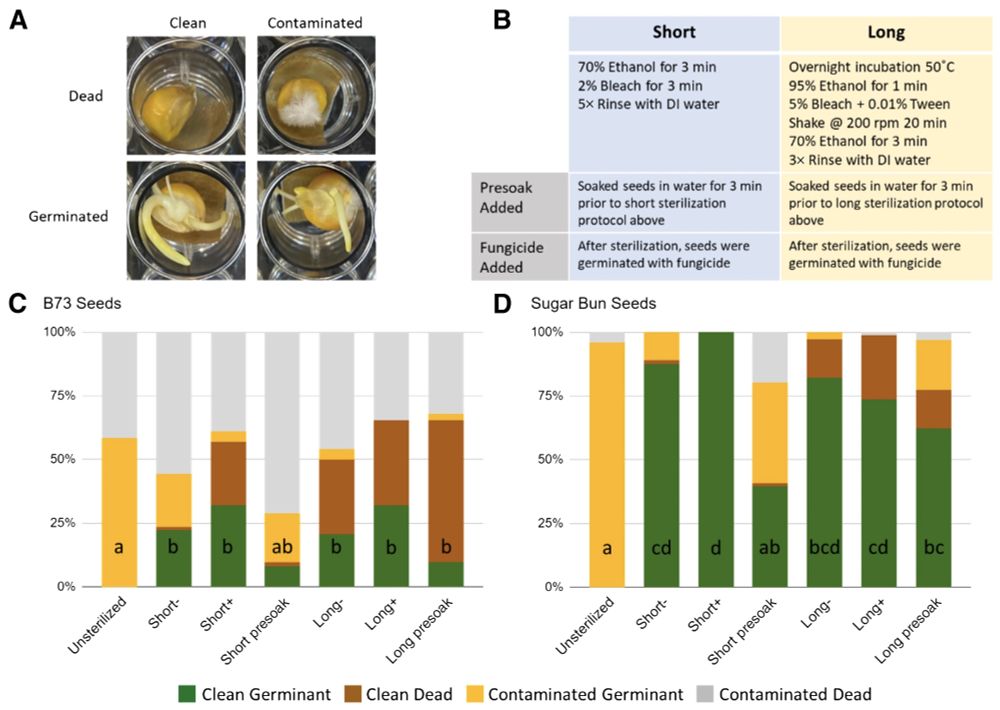
Kudos to grad student Dallas Moses for pulling together disparate studies on endohyphal bacteria in a focused way.
apsjournals.apsnet.org/doi/10.1094/...
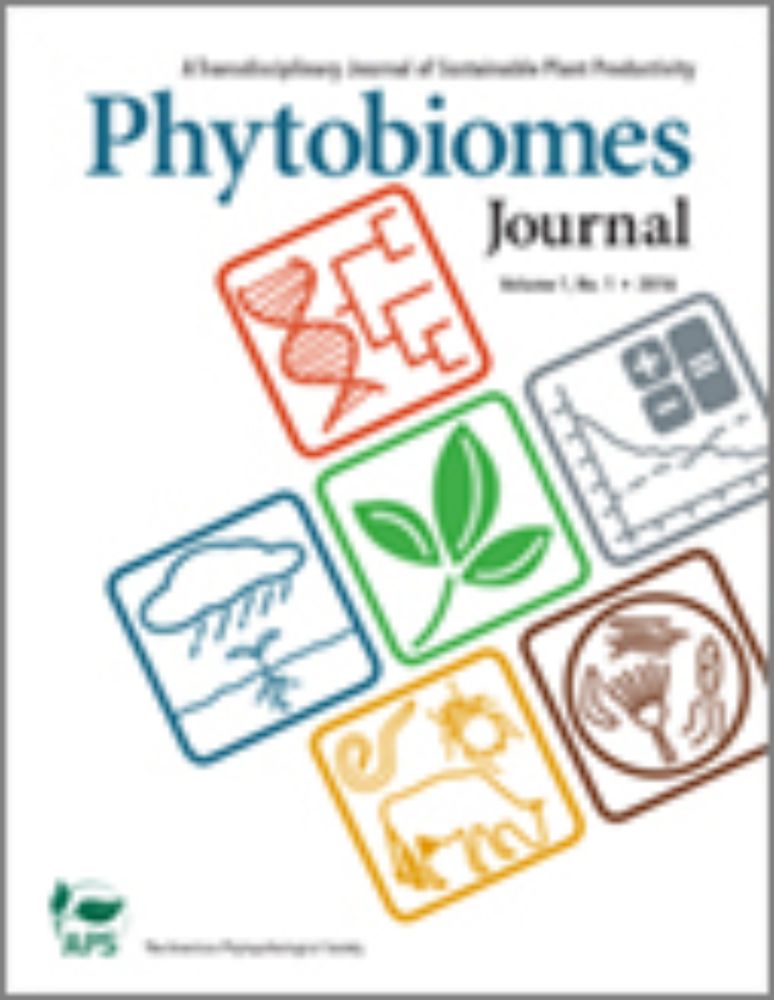
Kudos to grad student Dallas Moses for pulling together disparate studies on endohyphal bacteria in a focused way.
apsjournals.apsnet.org/doi/10.1094/...
